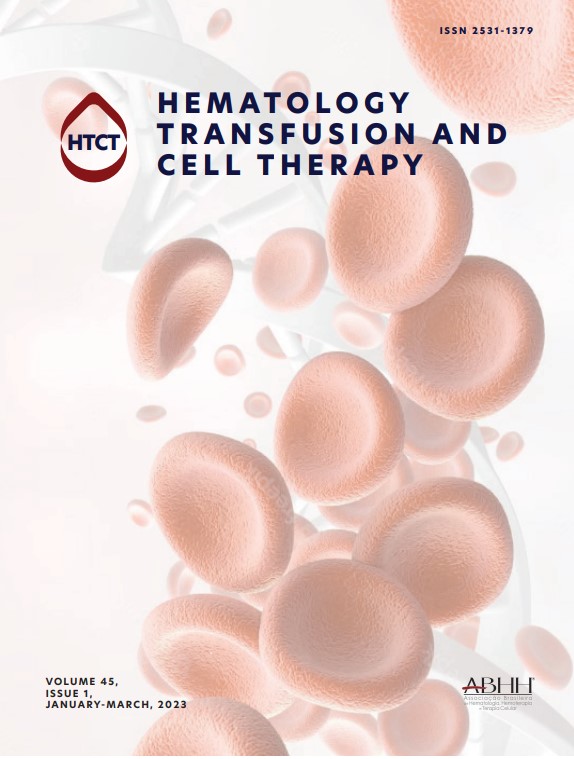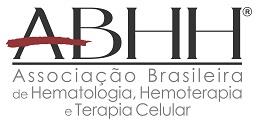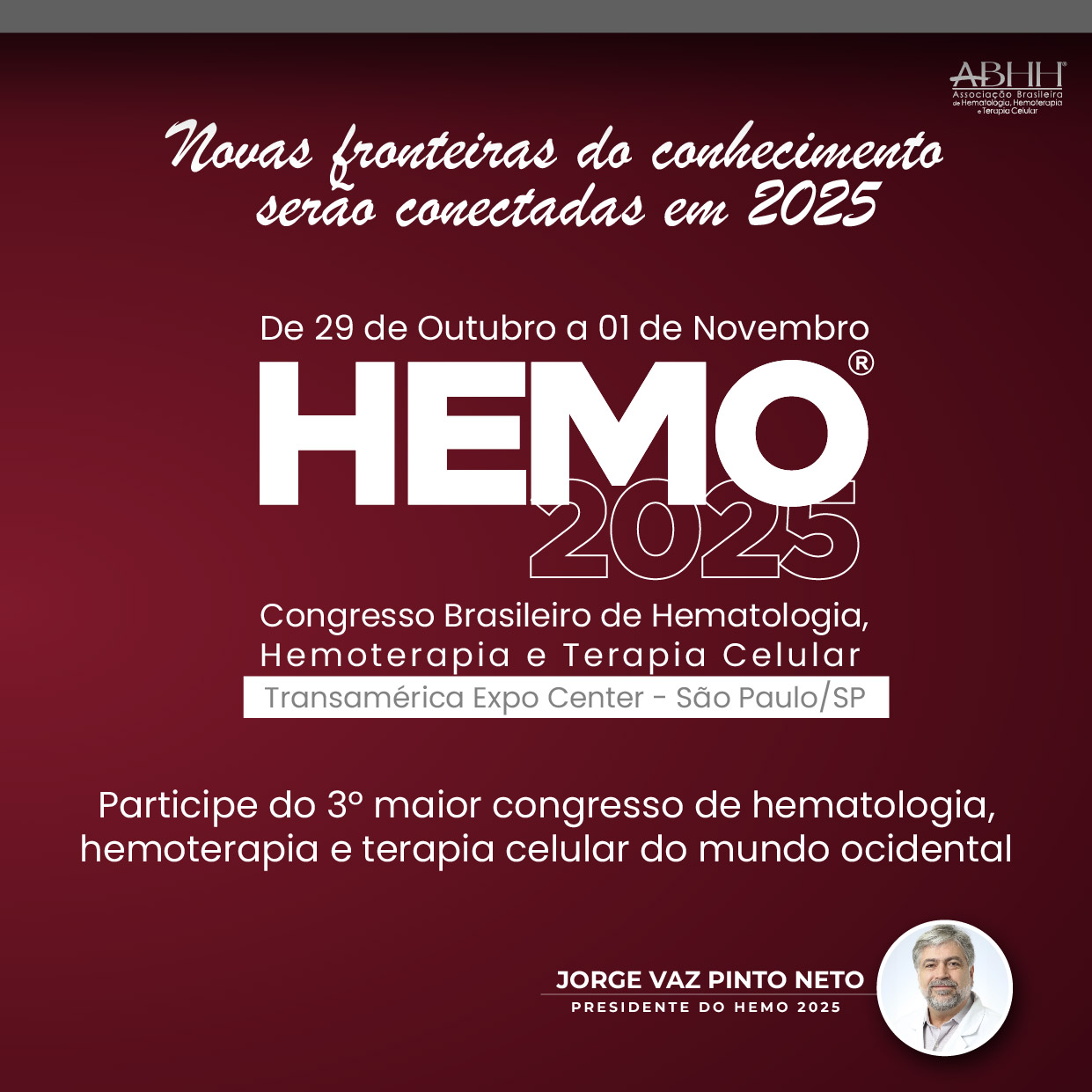Introduction: Patients with COVID-19 who require hospitalization may present hematological abnormalities which demand specialized evaluation. Although the correlation between COVID-19 and thromboembolic events is noteworthy, other hematological issues in this setting are less understood. Objective: To describe patients’ characteristics and the motivations for requesting hematological consultations in a large COVID-19 dedicated hospital. Methods: Retrospective, observational study, performed at Instituto Central do Hospital das Clínicas Faculdade de Medicina da Universidade de São Paulo, a large tertiary academic center, which was turned into a COVID-19 dedicated hospital during the 2020 pandemic. We analyzed all hematological consultations requested to inpatients from March 23rd to August 2 nd, 2020. Since May 2020, we have implemented an institutional protocol to guide antithrombotic prophylaxis and treatment, but assistant physicians could have applied different strategies at their discretion. Data were collected from patients’records using a specific questionnaire. Results: During the study period, hematological consultation was requested to 141 patients - 3.6% of all 3902 inpatients - of whom 33% were female; median age was 58 (12-88) years. Ninety-four percent of patients had at least one comorbidity, mainly arterial hypertension (57%), diabetes mellitus (29%) and obesity (18%). In 21% of cases, consultation was requested due to thromboembolic or bleeding events. In the 111 remaining patients, the main reasons were thrombocytopenia in 25%, anemia in 20%, pancytopenia in 15% and anticoagulation management in 15%. RT-PCR confirmed COVID-19 diagnosis in 84% of patients; the remaining had a presumed diagnosis based on clinical-radiological presentation. Sixty-eight percent required ICU care and 32% died. The most common final diagnosis were, for anemias, inflammatory anemia; for abnormalities in platelet counts, sepsis-induced thrombocytopenia and reactive thrombocytosis; for white blood cell abnormalities, reactive hypereosinophilia and drug-induced neutropenia. In 12 cases, a new primary onco-hematological diagnosis was made, mainly chronic lymphocytic leukemia (5/12). Lymphopenia below 500/uL was correlated with death on univariate analysis. Discussion and conclusion: Consultative Hematology was frequently involved in COVID-19 inpatients care. Patients who had hematological abnormalities have shown a worse disease course, with high rates of ICU care and lethality. Lymphopenia was found in more severe cases. Further prospective studies are necessary to identify potential biomarkers of severity among hematological tests.
O fator de impacto mede o número médio de citações recebidas em um ano por trabalhos publicados na revista durante os dois anos anteriores.
© Clarivate Analytics, Journal Citation Reports 2025
O CiteScore mede as citações médias recebidas por documento publicado. Mais informação
Ver maisSJR é uma métrica de prestígio baseada na idéia de que todas as citações não são iguais. SJR utiliza um algoritmo similar ao page rank do Google; é uma medida quantitativa e qualitativa ao impacto de uma publicação.
Ver maisSNIP permite comparar o impacto de revistas de diferentes campos temáticos, corrigindo as diferenças na probabilidade de ser citado que existe entre revistas de distintas matérias.
Ver mais





